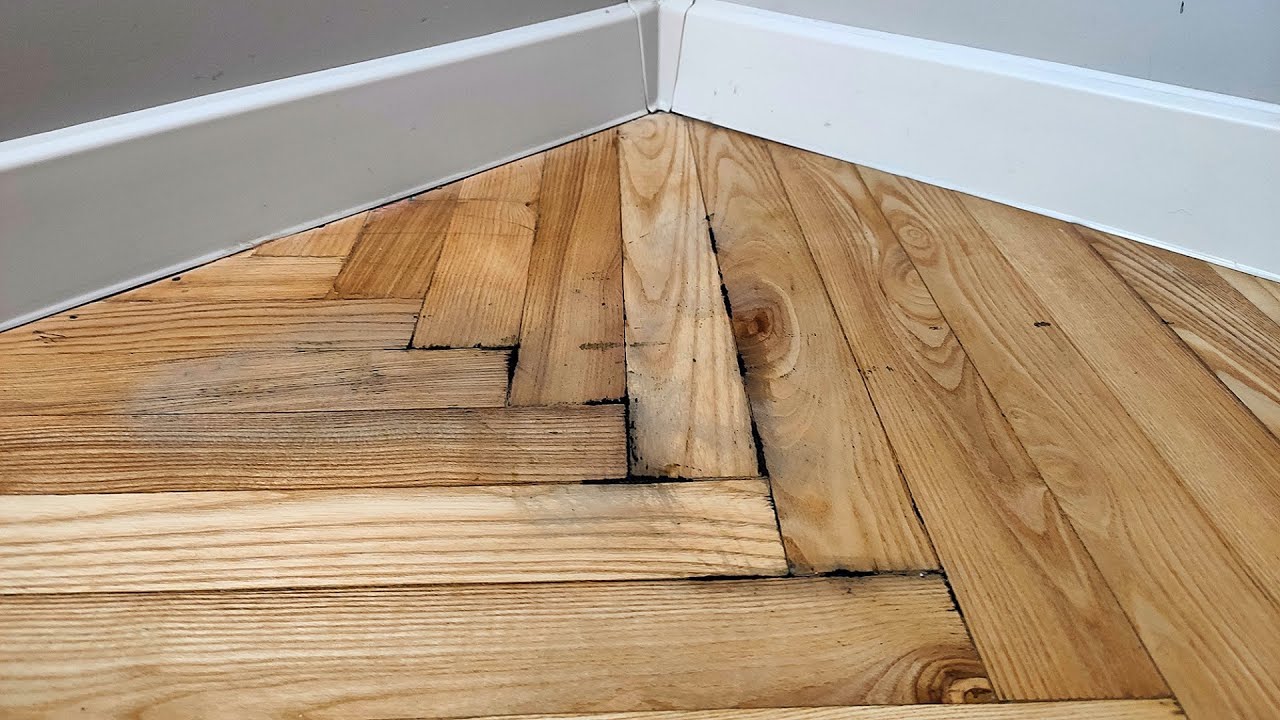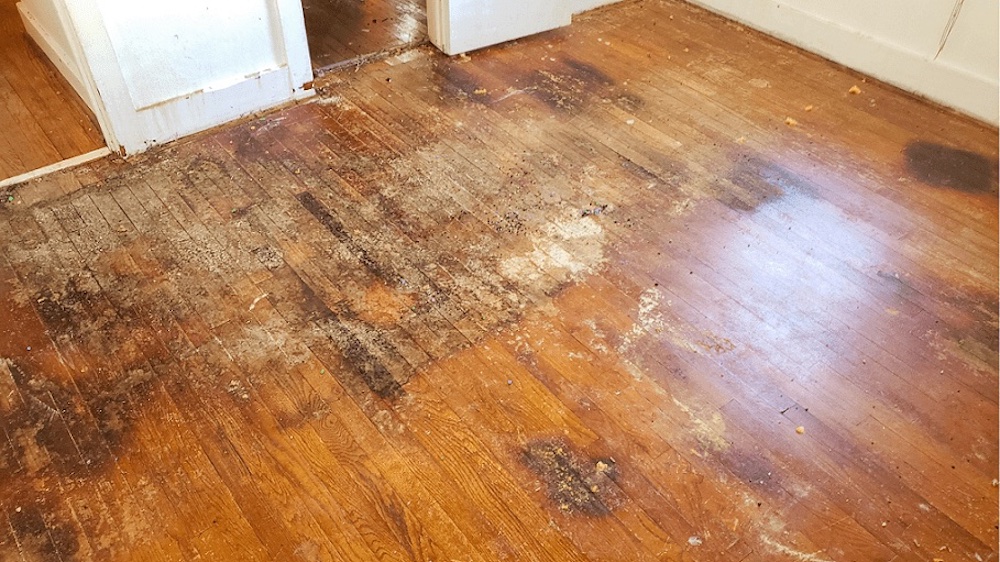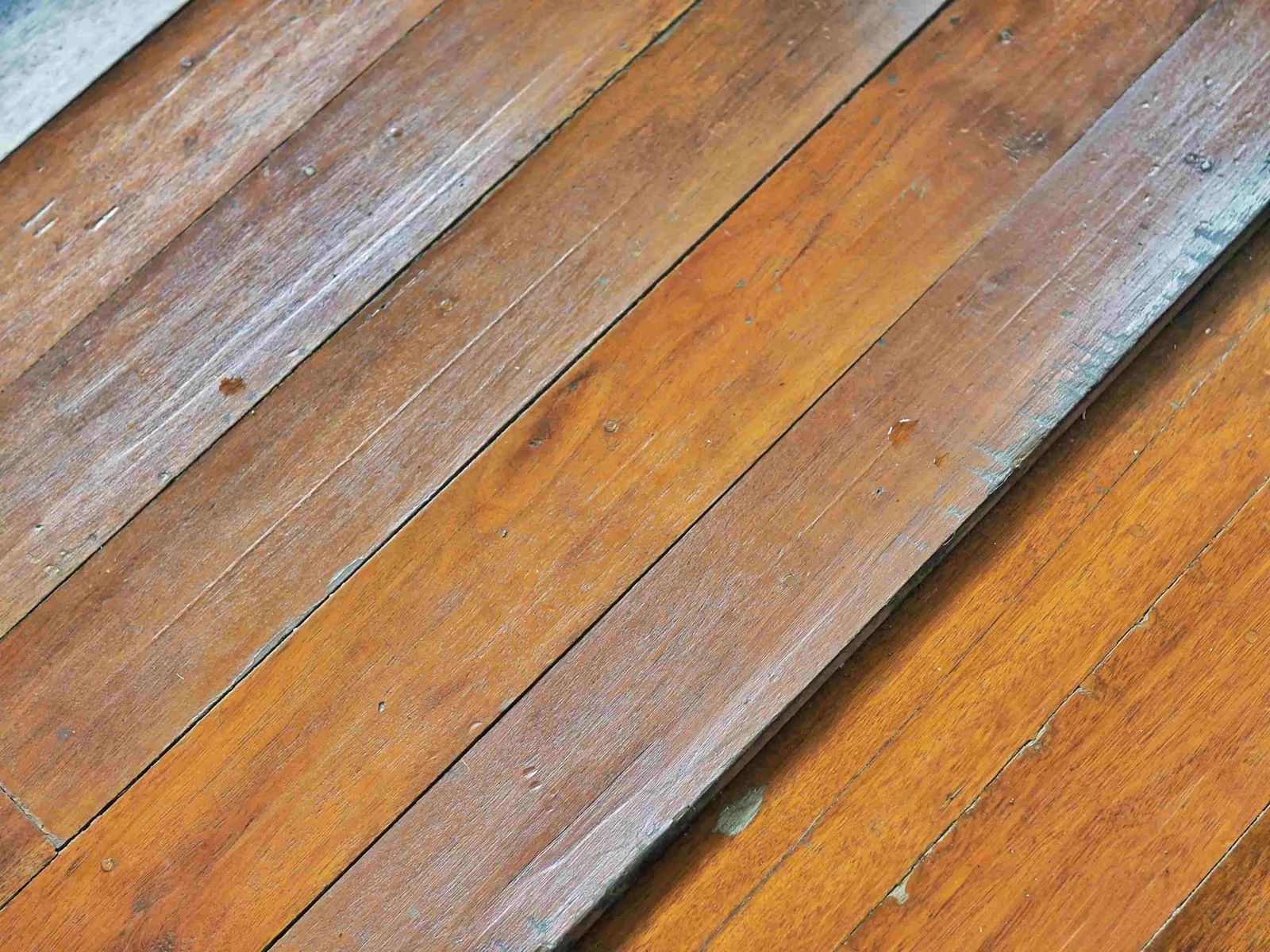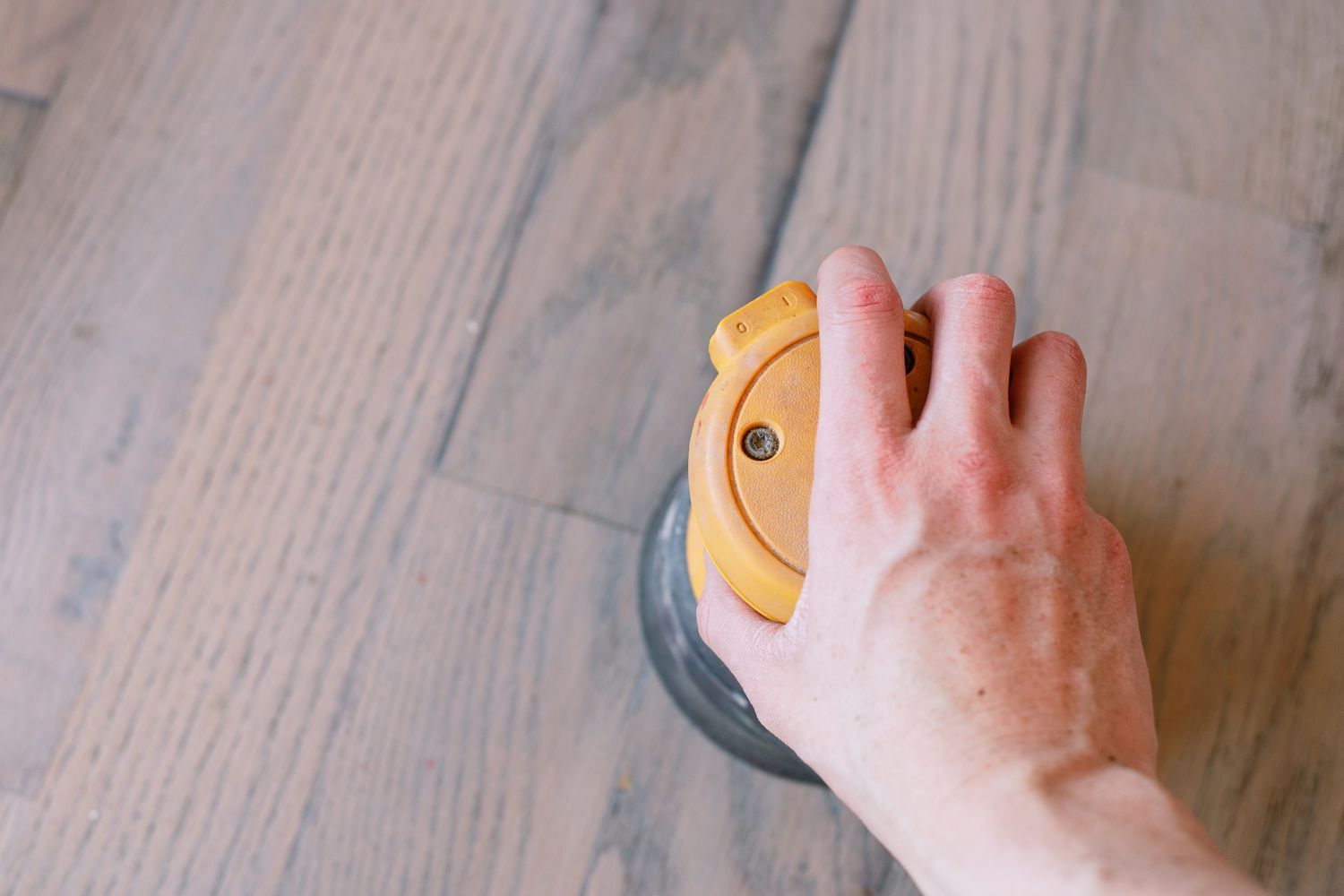
How to Handle Water Damaged Floors
Dealing with water-damaged floors can be a daunting and costly experience. Luckily, there are ways you can manage the aftermath of this disaster while also protecting against future occurrences. In this post, we’ll discuss how to deal with flooring damaged by water proactively and even provide tips on prevention tactics!
Assess any damage
Assessing the damage caused by water on your floor is an important first step. It’s essential to identify where this liquid intrusion originated and how long it has been there – if left too long, it may permeate through the subflooring materials underneath. Taking prompt action at that point can save you time and money in repair costs down the road! For minor cases of water saturation or leakage, a simple fan/dehumidifier might do; for more extensive damages, however, calling a professional restoration company is recommended for best results.

Remove any water
Once the damage has been evaluated, it’s time to start clearing away any standing water and preparing for a new flooring installation. Again, you have a couple of different options – either use a wet-dry vacuum or grab yourself some mop and buckets! For deeper penetration under flooring, sections may need to be removed to dry out the subfloor properly.
Dry the damaged floors
After any water damage to your floor, it’s crucial to dry your floor as quickly as possible to prevent mold from growing. Utilizing fans and dehumidifiers can help the drying process significantly. Unfortunately, it may take days – leading you to remove damaged materials for a safe environment again. However, replacing these items will give you back the feeling of having sound floors!

Sanitize the area
Water damage causes structural issues and can lead to the growth of harmful bacteria and mold that could negatively impact your health. To help safeguard against these potential problems, sanitizing the area thoroughly after any water has evaporated is essential. Create a solution with equal parts bleach and warm water to restore safety levels in your home or office space!
Stop water damage before it occurs
Stopping water damage before it starts can save you time and money in the long run. Here are some expert tips to safeguard your floors from this type of costly deterioration:
Fix leaks as soon as they occur – To avoid a potential water damage disaster, it’s important to quickly address even the most minor leaks. So don’t wait – take action now!
Install a sump pump – Keep your basement dry and safe from flood damage with a sump pump. Automatically remove water from the area to protect against costly repairs.
Examine your pipes often – Regularly examine your lines to guarantee their structural integrity. Be on the lookout for rust or corrosion – if detected early enough, you can safeguard against significant damage.

Install a water alarm – To avoid water damage, consider a water alarm that detects moisture on your floors and gives you an early warning. This way, you can take corrective measures before the issue becomes more serious!
Use floor mats – Keep your floors safe from outdoor elements with floor mats in high-traffic areas. Protect against dirt, water, and other debris brought inside by guests or employees!
Protecting your floors from water damage is essential to their longevity. Should you spot any signs of harm, act fast! First, ensure a flooring professional assesses the situation and takes appropriate steps, such as removing excess moisture and sanitizing affected areas. Then, following the tips above, you can rest easy knowing that your floors are secure for many years ahead.



